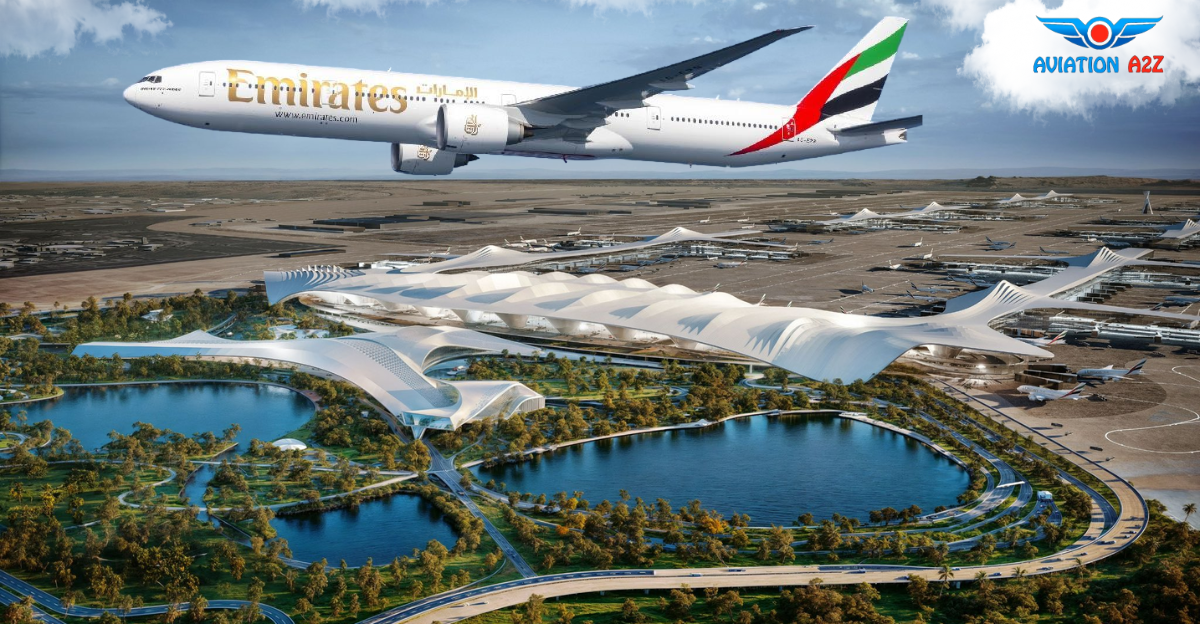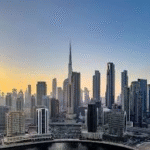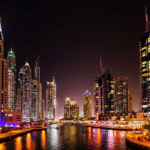Now Reading: Inside the World’s Largest Airport: See Its Jaw-Dropping Features 2025
-
01
Inside the World’s Largest Airport: See Its Jaw-Dropping Features 2025
Inside the World’s Largest Airport: See Its Jaw-Dropping Features 2025
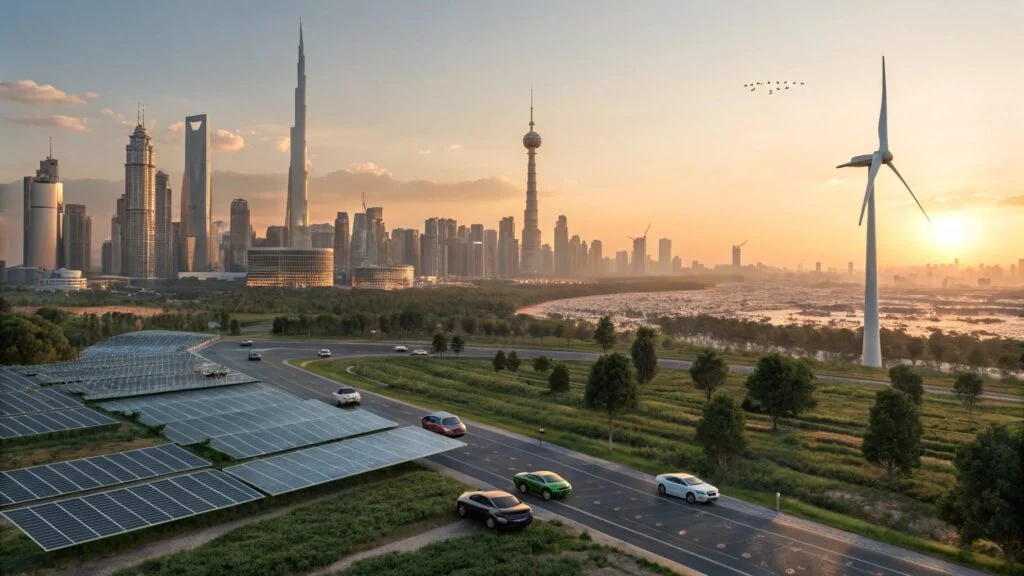
Table of Contents
Air travel has become a vital part of our connected world, with millions of passengers flying every day. But there is one airport that stands out from all the rest — the King Fahd International Airport (DMM) in Dammam, Saudi Arabia. Known as the world’s largest airport by area, it is an engineering wonder that represents how far modern aviation has come.
What Makes King Fahd International Airport So Special?
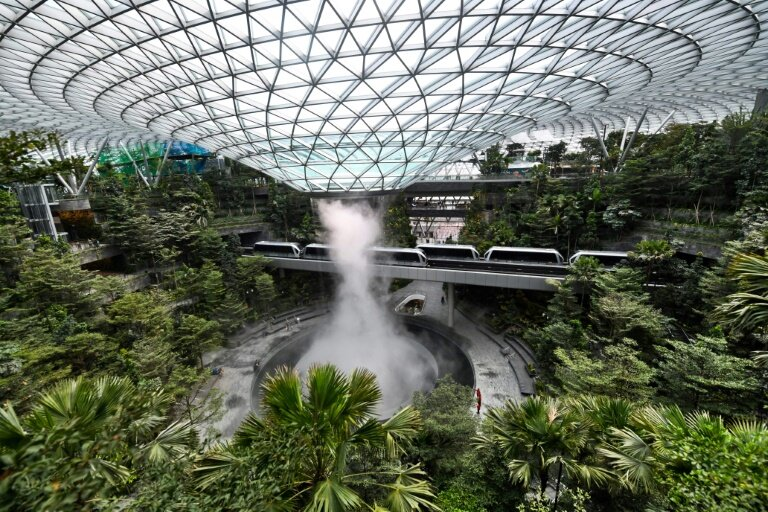
King Fahd International Airport covers a massive 780 square kilometers (301 square miles). To give you an idea, this is about the size of the entire city of New York! Located in the Eastern Province of Saudi Arabia, the airport has been operating since 1999 and handles both domestic and international flights.
While airports like Hartsfield-Jackson in Atlanta or Dubai International see more passengers, King Fahd International leads the world in sheer land size. The enormous area was designed not only for current traffic but also for huge growth in the future.
Design and Infrastructure
King Fahd International Airport has six runways, wide taxiways, and an advanced terminal designed to handle more than 12 million passengers a year. Inside the passenger terminal, travelers enjoy modern lounges, duty-free shops, luxury restaurants, prayer rooms, and even hotels.
The airport’s cargo village supports major global trade, making Dammam a powerful link between East and West. A large Royal Terminal is also dedicated to the Saudi royal family and top government guests.
The airport’s design also includes enough space to expand runways or terminals in the coming decades, reflecting the long-term vision of Saudi Arabia’s development plans.
A Strategic Gateway
Why build such a huge airport? Saudi Arabia sits at a strategic crossroads between Asia, Africa, and Europe. The airport supports not only passenger flights but also massive cargo shipments that pass through the Gulf region. This location helps Saudi Arabia compete with nearby hubs like Dubai International Airport and Hamad International Airport in Doha.
The airport’s location in Dammam is also important for the region’s growing industries, including oil and petrochemicals. Industrial companies in the Eastern Province use the airport to connect to markets worldwide.
Eco-Friendly Moves
With such a huge footprint, you might think King Fahd International would harm the environment. But Saudi authorities have invested in green projects to make the airport more sustainable. Solar power, water recycling, and advanced waste management are all part of the master plan.
In the coming years, the airport aims to introduce more electric vehicles on the airfield and create green spaces within the airport zone. These steps align with Saudi Arabia’s “Vision 2030” program, which aims to diversify the economy and reduce dependence on oil.
How Big Is “Biggest” Really?
To truly understand King Fahd International’s size, consider these comparisons:
- It is larger than the entire country of Bahrain.
- It is over twice as large as Chicago’s O’Hare Airport, one of the busiest airports in the United States.
- Its land area could hold about 4,500 football fields!
Of course, most of this area is not fully developed. Only a portion of the site is currently used for passenger and cargo operations, but there is plenty of room for future projects.
Future Development Plans
Saudi Arabia has big dreams for the airport’s future. Plans include new terminals, hotels, and even a free-trade zone to boost business around the airport. There is also talk of developing a “smart airport” with advanced technology for security, customs, and passenger flow.
The airport is set to become a global transport hub that could rival Dubai or Doha. Thanks to its enormous size, there is no limit to how much it can grow.
Competition From Other Mega-Airports
While King Fahd International is the largest by area, other airports lead in passenger numbers and facilities. For example:
- Hartsfield-Jackson Atlanta International Airport (ATL) is the busiest in terms of passengers.
- Dubai International Airport (DXB) is the world’s top international passenger hub.
- Beijing Daxing International Airport (PKX) is the newest giant, famous for its starfish-shaped design and high-tech features.
Still, King Fahd’s massive land reserves make it uniquely prepared to grow and adapt as air travel changes over the next 50 years.
Why It Matters
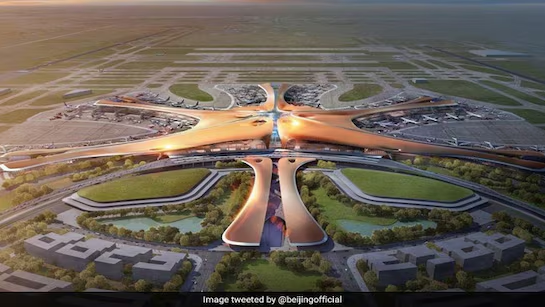
The world’s largest airport is more than a statistic — it is a symbol of how aviation connects people and economies. As more people travel, airports must grow and adapt to keep up.
King Fahd International Airport shows how one country is planning for the future by thinking big. With its size, location, and strategic plans, the airport could play a vital role in making global travel smoother and more efficient.
For travelers, it offers a comfortable, modern experience with room to expand. For airlines, it provides a reliable base with enormous growth potential. And for Saudi Arabia, it is a source of pride and an engine for economic progress.
Final Thoughts
As global travel continues to recover after the pandemic, the importance of modern, flexible airports is clearer than ever. King Fahd International Airport stands ready to handle the challenges of tomorrow while serving millions of passengers today.
So, the next time you think of the world’s largest airport, remember it is not just about size — it is about ambition, vision, and the future of global travel.
Read More:- Deyaar’s Latest Announcement Shakes Up the UAE Property Market



